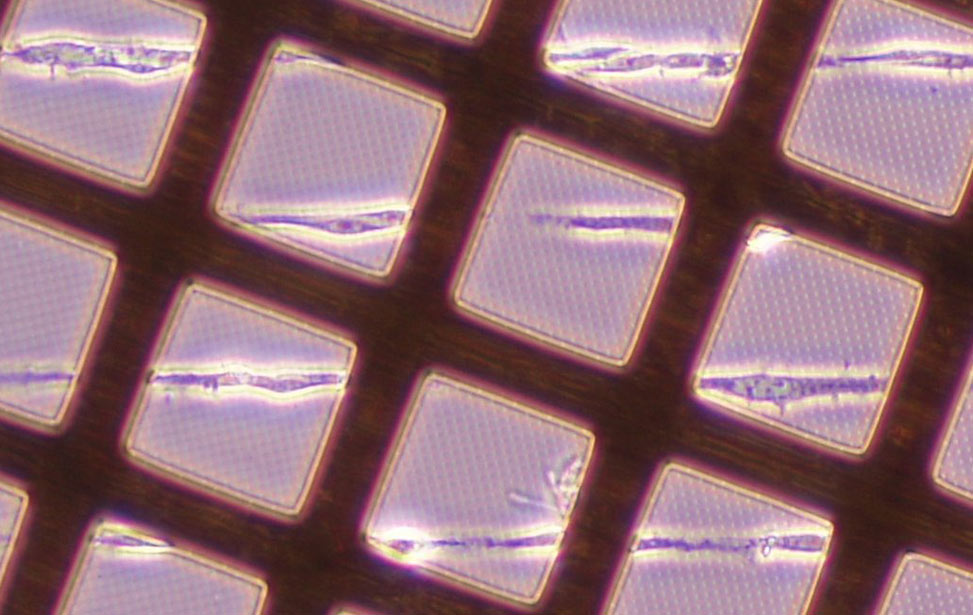Nils Gauthier
Nils Gauthier Joined IFOM in January 2016 to start a research group focused on Mechano-Oncology using interdisciplinary approaches to study the biophysical properties of tumor progression.
Nils Gauthier started training in 2000 at the University of Nice Sophia-Antipolis in France for his PhD under the supervision of Professor Patrice Boquet. The Goal of his PhD was to decipher the endocytic road of Helicobacter-pylori VacA cytotoxin into its target epithelial cells. This work was very interdisciplinary at the interface between cellular microbiology and oncology (H.p. is a leading cause of gastric cancers and MALT lymphoma). During those PhD years Nils and his colleagues found that the VacA toxin enters the cell by hijacking a particular endocytic pathway linked to the endocytosis of glycosylphosphatidylinositol-anchored proteins. They subsequently proved that this pathway was sorted from the early endosomes to the late endosomes by a previously unknown actin-dependent process.
For his Post Doc, in 2005, Nils joined the laboratory of Professor Michael Sheetz at Columbia University in New York. He trained himself in the interdisciplinary field of biophysics. The focus of the work was to understand how cells modify their plasma membrane mechanicals properties during cell shape changes like spreading, division or migration. Those cell shape changes are fundamental in oncology as they govern most of the transition in motility mode observed during acquisition of metastatic behavior. One of the major contribution Nils and his lab mates made was to prove that the cells are using a mechanical signal, the membrane tension, in order to orchestrate cell shape changes.
After France and USA, Nils moved to south-east Asia at the end of 2010. At the Mechanobiology Institute (MBI) in Singapore, he started to lead its own research team. The team discovered how cells ongoing phagocytosis use the feedback of the plasma membrane tension to orchestrate membrane trafficking, cytoskeletal remodeling and biochemical signaling. Two other lines of research were also developed. One proved that physical response of cell membrane leads the way during mechanical perturbation. The other one was focused on the development of a new microfabricated environment to mimic how cell behave in fibrillar environment in Vivo. This lead to the discovery of a new mode of migration for cells on fibrillar environment relying on cyclical waves of actin-based protrusion.
In 2015, IFOM and MBI started to collaborate on several innovative axis of research aimed to tackle the implication of mechanical forces in tumor progression. With his background, Nils seized this opportunity to joined IFOM in early 2016 to develop an interdisciplinary research group. The strong cancer-centric and outreach capacity of IFOM associated to Nils previous experiences, as well as the link with the MBI in Singapore, will be of great complementarity to develop in Italy his axis of research on Mechano-Oncology.
The lab is focus essentially on the implication of a key biomechanical interface in tumor-associated biological processes: the membrane-cytoskeleton interaction (i.e. the interaction between the lipid-based plasma membrane of the cell with the protein-based cytoskeleton of the cell). This will be tackle at 3 levels: A) Supporting tissues (stroma) with the study of fibrobast-matrix interaction. B) Immune function with the study of macrophage biomechanics. C) Brain cancer progression with the study of glioblastoma invasive properties.
